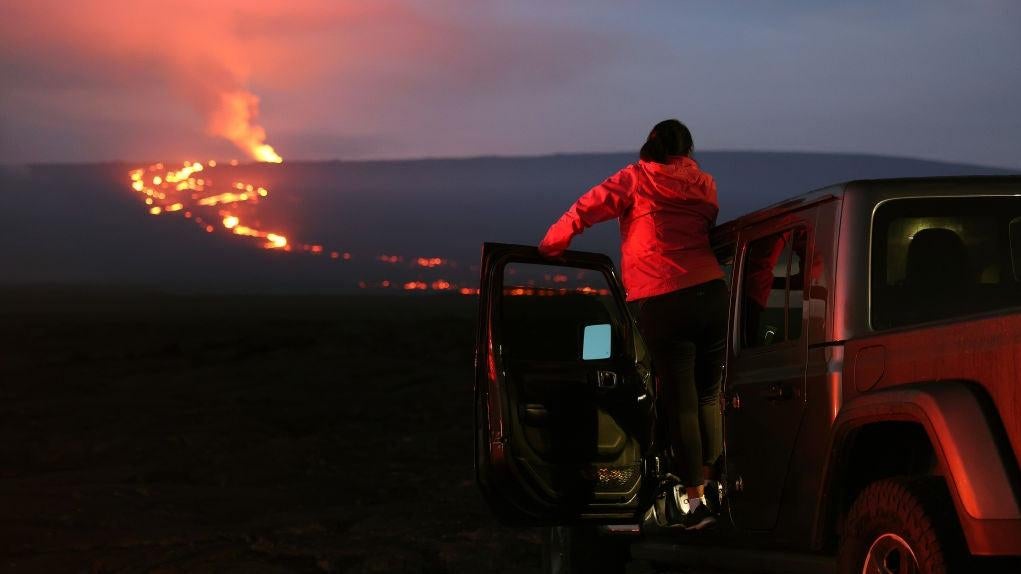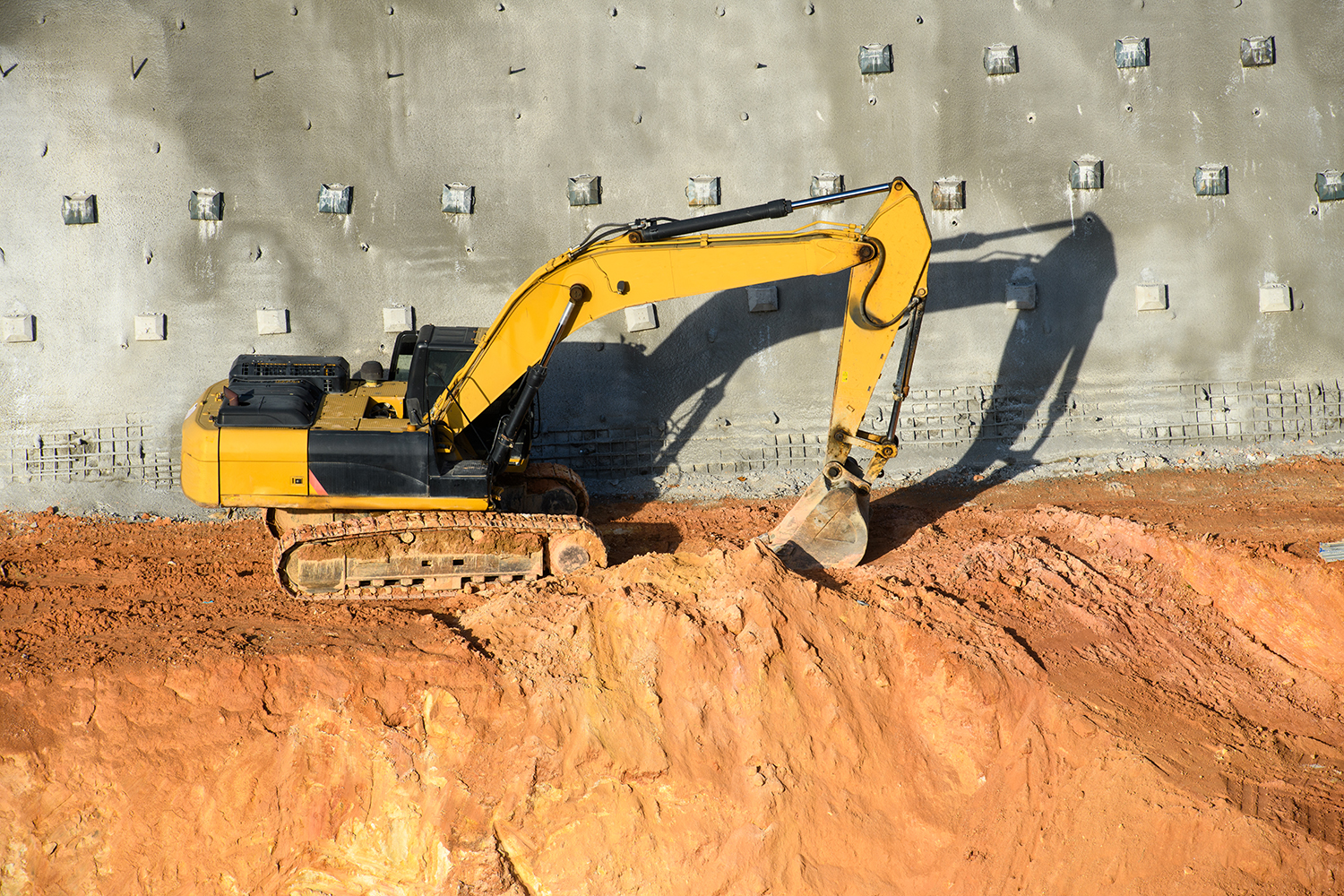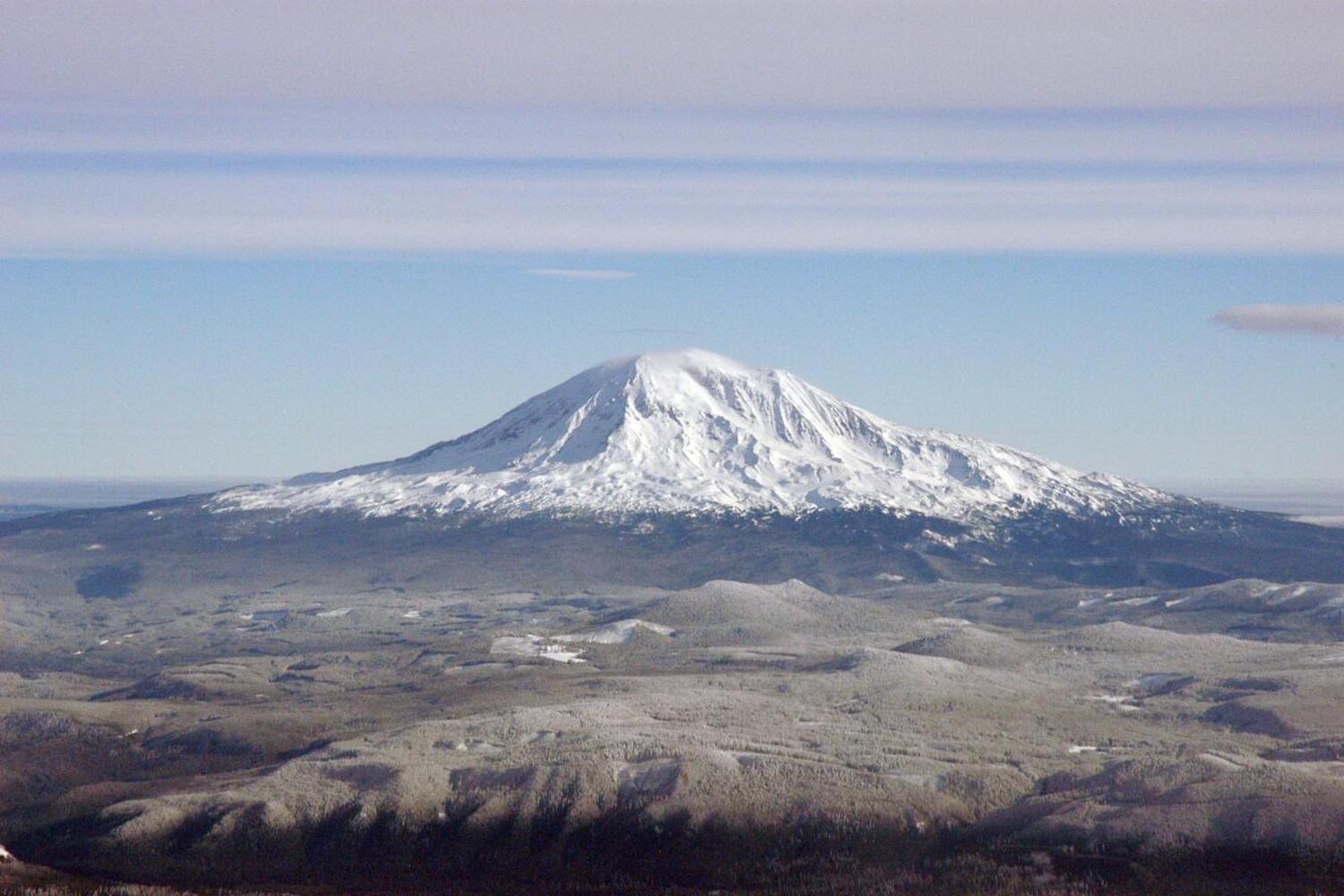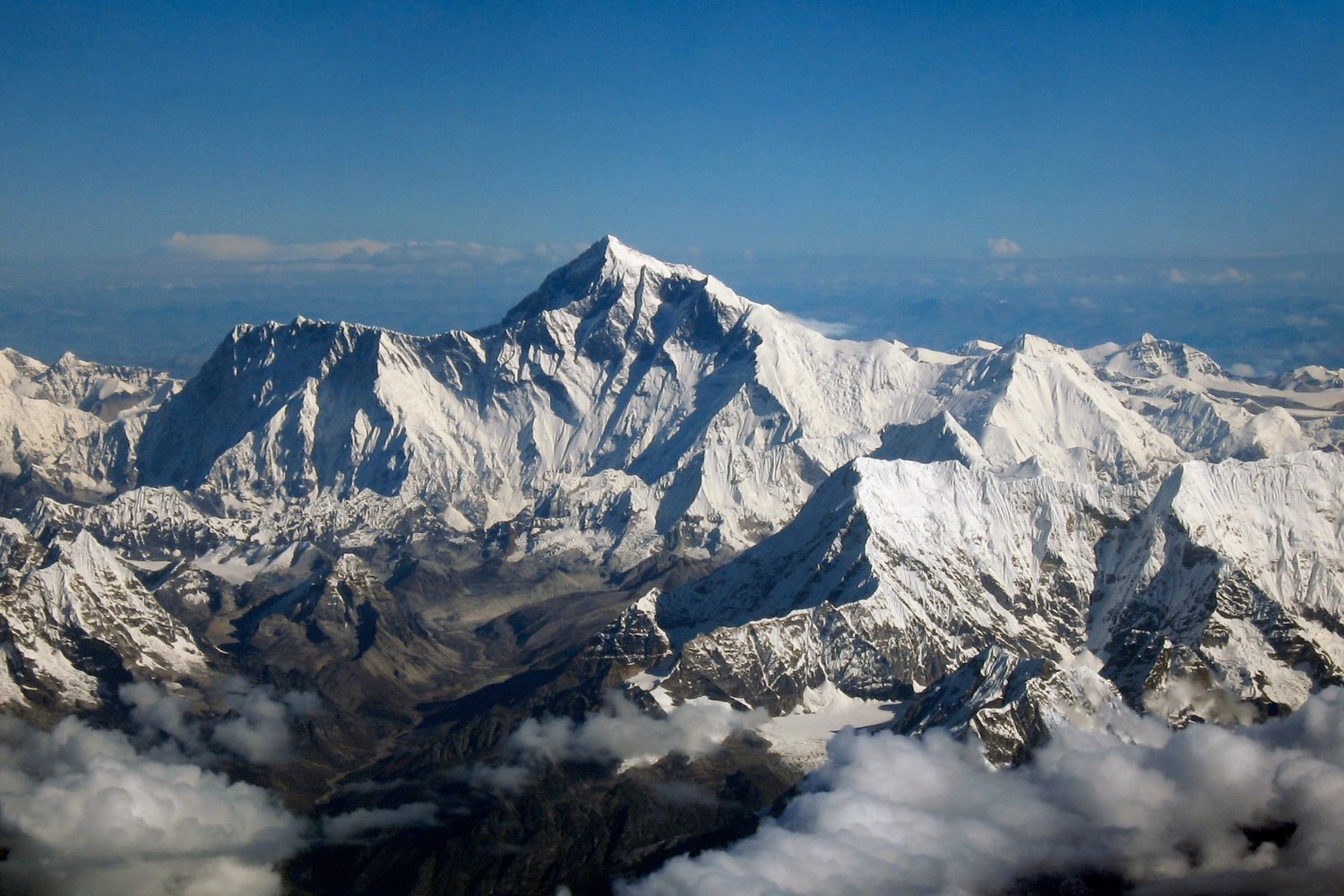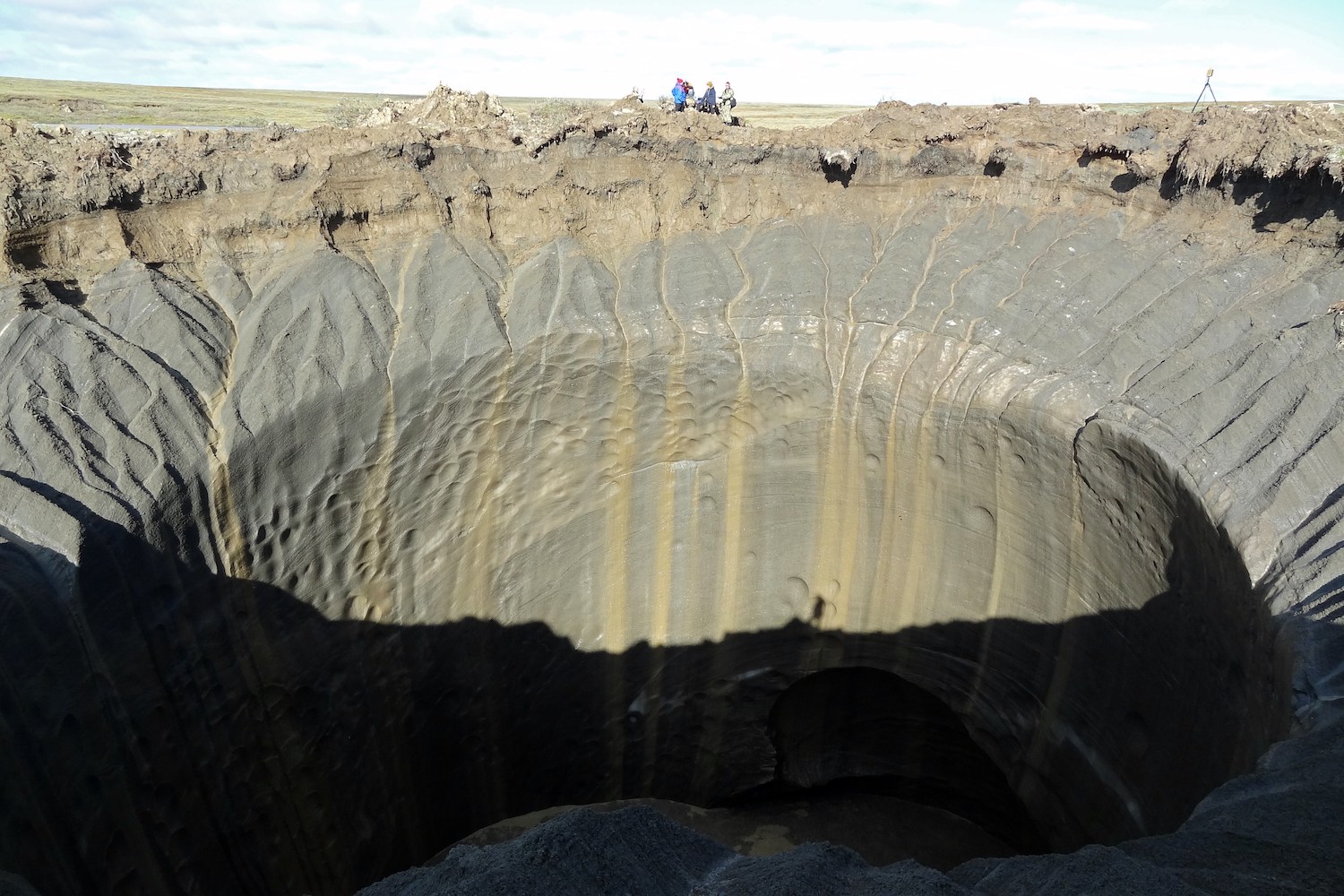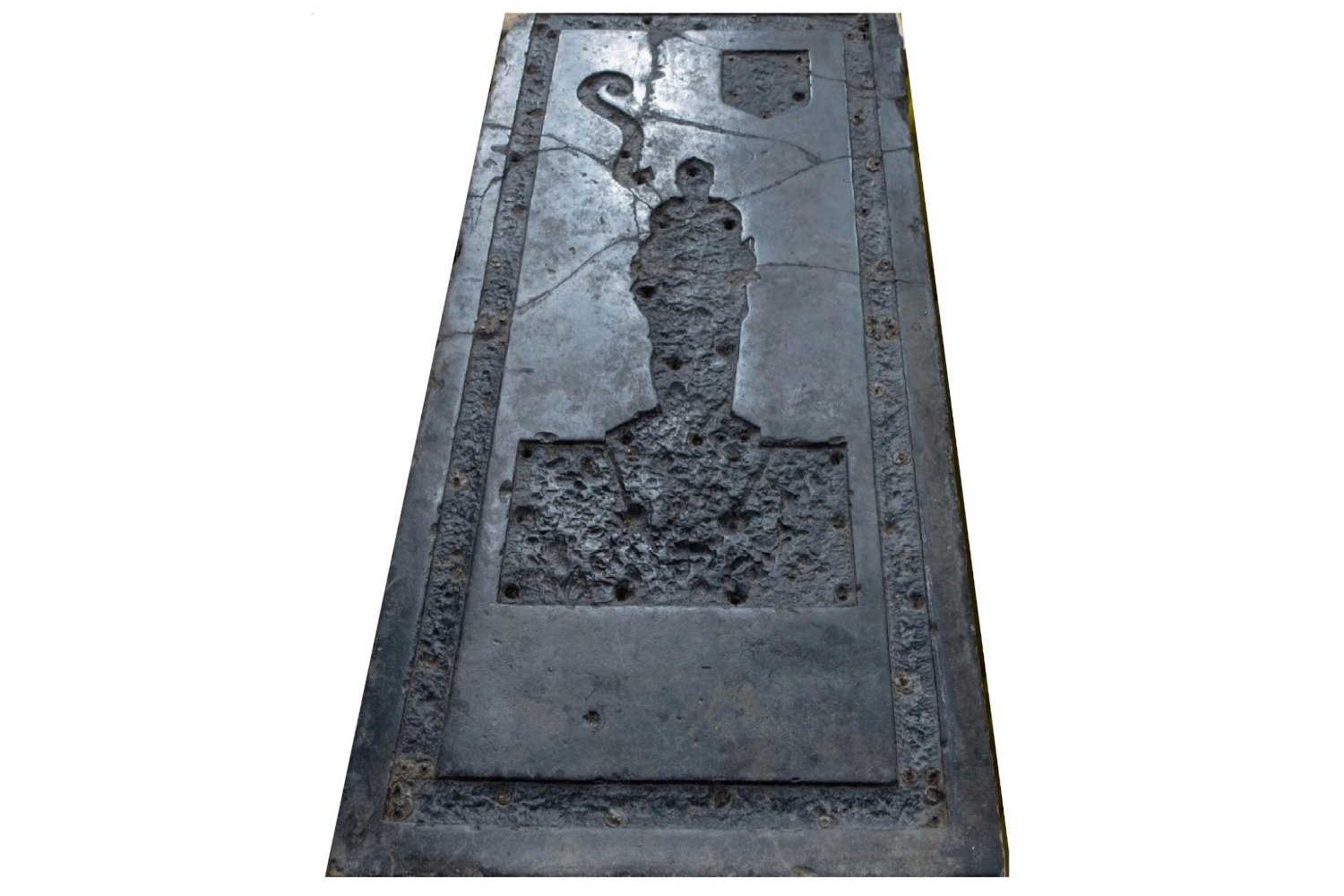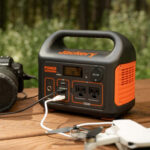Mauna Loa, the world’s largest active volcano, began erupting in Hawaii in late November for the first time since 1984. Eruptions have continued for nearly two weeks, creating spectacular, slow-moving lava flows that so far have not threatened any local communities.
Earlier this week, officials worried that one of the lava flows would reach the Daniel K. Inouye Highway. But as of Thursday, the Hawaiian Volcanoes Observatory said that’s no longer a concern, Hawaii News Now reported. Lava coming out one of the volcano’s fissures stopped feeding into the flow that was moving toward the highway. No one on the island faces immediate danger from the lava flows, Hawaii Emergency Management tweeted on Thursday.
“Mauna Loa and the Hawaiian volcanoes typically produce very, very runny, very effusive eruptions,” volcanologist Jess Phoenix recently told Earther. “So we’re not worried about a giant explosion—essentially, what people imagine is the worst-case scenario in Yellowstone.”
#MaunaLoaErupts
Dec 8, 2022
• Fissure 3 continues to erupt but supply of lava is reduced.
• Lava flows extend no farther than 2.75 mi (4.4 km) from vent & channels below that point appear drained of lava.
• Flow front stalled ~1.7 mi (2.8 km) from Hwy.https://t.co/2rYXDac9Uv pic.twitter.com/8Pb0a45VPx— USGS Volcanoes🌋 (@USGSVolcanoes) December 9, 2022
According to Phoenix, some volcanic eruptions can go on for over a year. The last time the Big Island volcano erupted was in 1984, and lava flows reached within four miles of Hilo’s city limits, according to the U.S. Geological Survey. Mauna Loa is the largest of the five major volcanoes found on the Big Island, and it has erupted 33 times since modern records began in 1843. Its name means “long mountain,” which is fitting because it stretches about 10.5 miles from base to summit. It covers half of the surface area of Hawaii’s Big Island, according to the USGS.
Signs of a potential eruption were noticed by the agency in mid-September after the number of earthquakes below the Mauna Loa summit increased. The U.S. Geological Survey is tracking where the lava flows are going and how fast they are moving. This eruption has seen lava spew 200 to 500 feet in the air, the U.S. Geological Survey tweeted.
